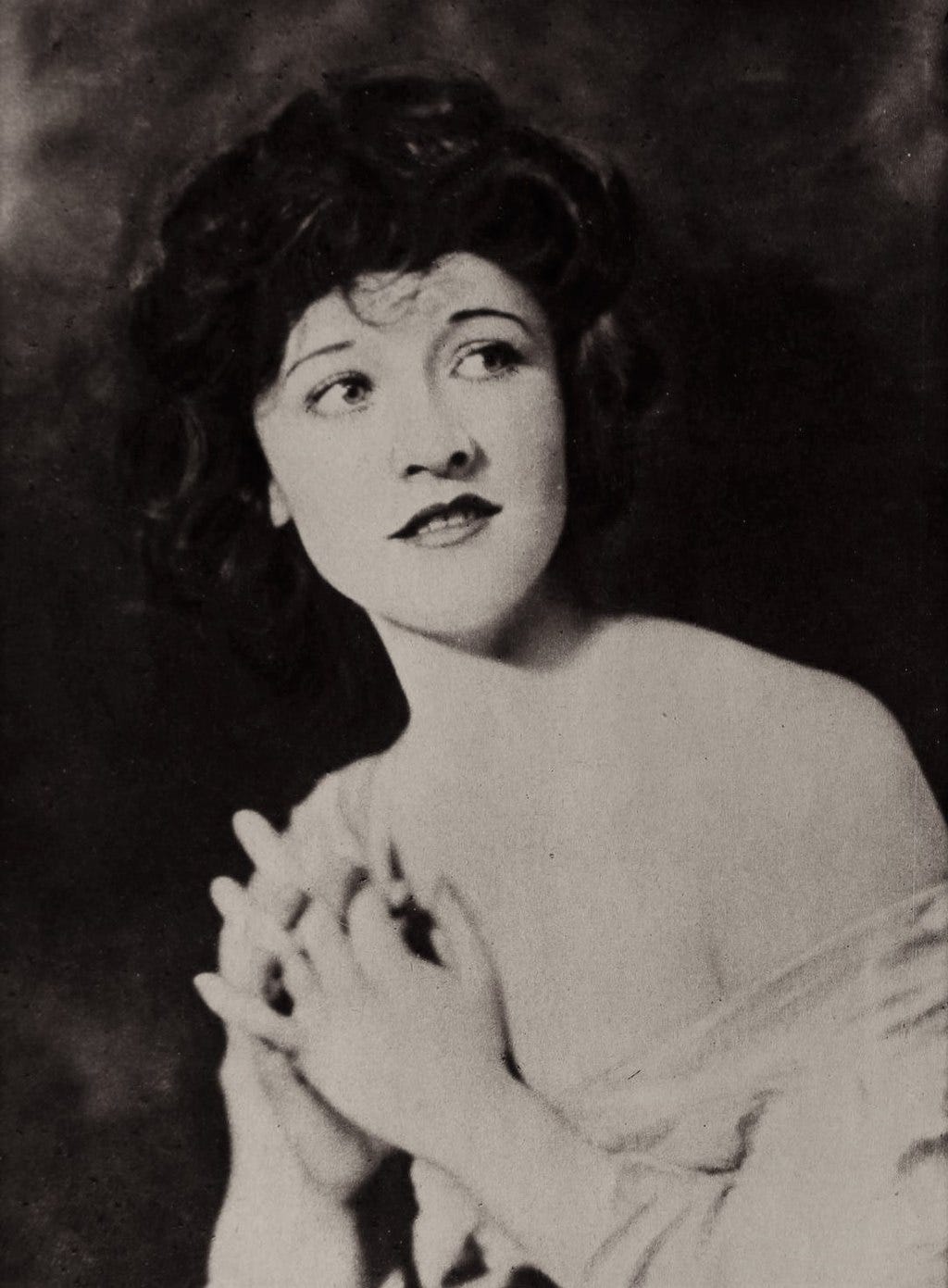Streamlining Your Writing Process
3 Quick Tips: What To Look Out For When You're Writing A Historical Novel Or A Historical Screenplay
Phase 1: Develop Your Concept
Start with a clear idea and some basic research. Do not overwhelm yourself this early in the process; just focus on creating a foundation upon which your story will rest.
A well-defined concept not only helps maintain historical grounding but also ensures that your narrative remains focused and engaging as it develops.
Taking the time to clarify your vision at this stage allows you to navigate the complexities of your story with confidence, setting a strong course for the subsequent phases. Read more about this approach here.
Phase 2: Research with Purpose
Dive deeper but don’t get overwhelmed. Focusing your research is key to bringing historical richness to your story. It can be helpful to identify key themes and significant events that align with your narrative, ensuring that your work resonates with authenticity while still serving your creative vision. Effective research isn’t just about gathering information; it’s about synthesising it to enhance the emotional depth and context of your story.
Phase 3: Write with Accuracy in Mind
Outline and fact-check as you go. Seek clarity on any grey areas or points where history and story diverge. Stay on track and avoid getting lost in a research rabbit hole.
Keep your eyes on the finish line!
As you write, regularly revisit your initial concept to ensure that your narrative remains cohesive and aligned with the historical framework you've established.
I just love iterative loops (read more here), as this allows for gradual change and improvement. Iterative processes also allow for adjustments as new insights emerge. Sharing your work with trusted peers can also provide invaluable perspectives, helping you elevate your project to new heights.




